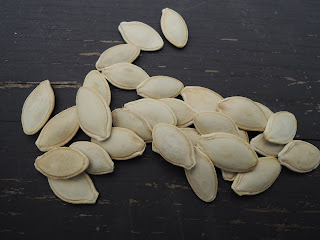Saving seeds from your garden bounty is like putting money away for a rainy day. Best of all, saving your own seeds is one of many ways to regain control of your family’s source of food.
FIRST and most important: Seed Saving from your own harvest is preferred. Store bought produce can be GMO or even hybrid. Even organic store bought can be hybrid. Hybrid seeds can be sterile and will not produce true offspring from saved seeds.
Open-pollinated, heirloom seeds will grow seeds that can be saved and re-planted year after year.
SECOND: Cross pollination is always a possibility if you grow multiple varieties of the same crop. Tomatoes for example. You can avoid cross-pollination by creating barriers of plants and distance or planting only 1 variety to save seeds from each season.
Regardless of plant type, one rule is universal: The seed must ripen on the plant in order to ensure best rate of germination. This means your peppers must turn red, orange or yellow (whichever color when fully ripe), your eggplants and cucumbers need to turn yellow, your beans and peas must be “rattle dry” in their pods, and your corn must be left on the stalks until the husks turn paper-brown. Pumpkins, watermelons and melons must be vine-ripe; keep them a few weeks longer in a dry place until they are almost rotten.
PICTURED is a very over-ripe Cocozelle Zucchini. You'll see that the skin started to yellow (and harden). Once you have saved seed, clean it and allow it to dry thoroughly. Seed that is not absolutely dry when stored will develop mold, which will kill it.
Dry seed should be put away in airtight containers in a dark, cool place until needed—always date the container. Some seeds will keep for many years
Below is our VIDEO about pollination and cross-pollination
Sign up for our E-Newsletter




